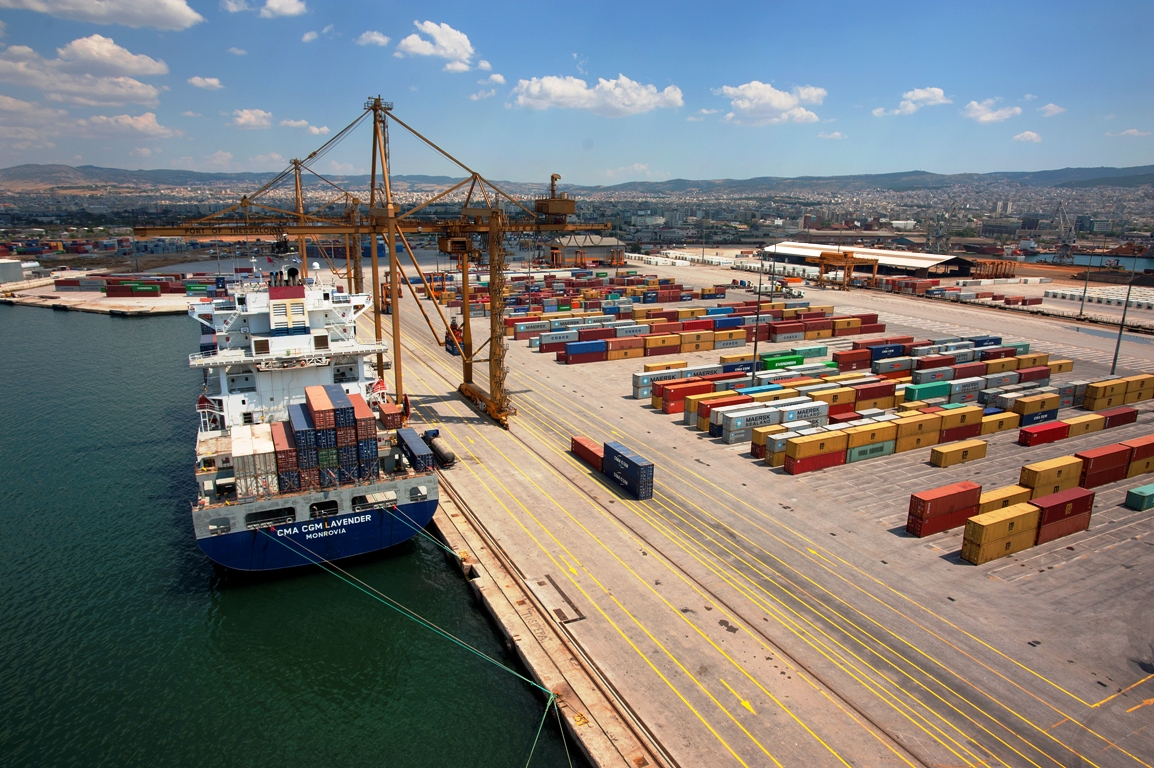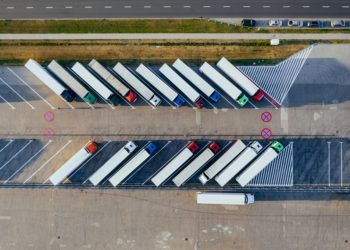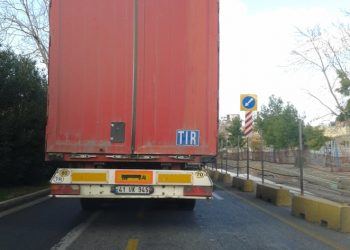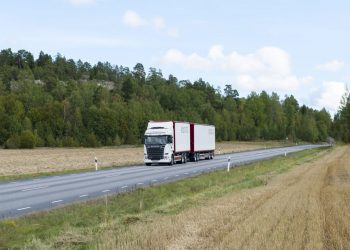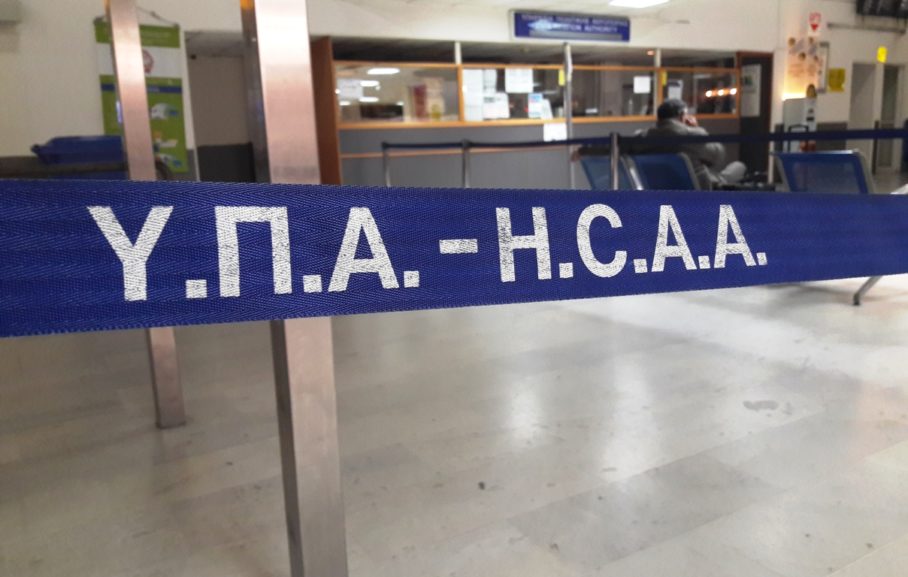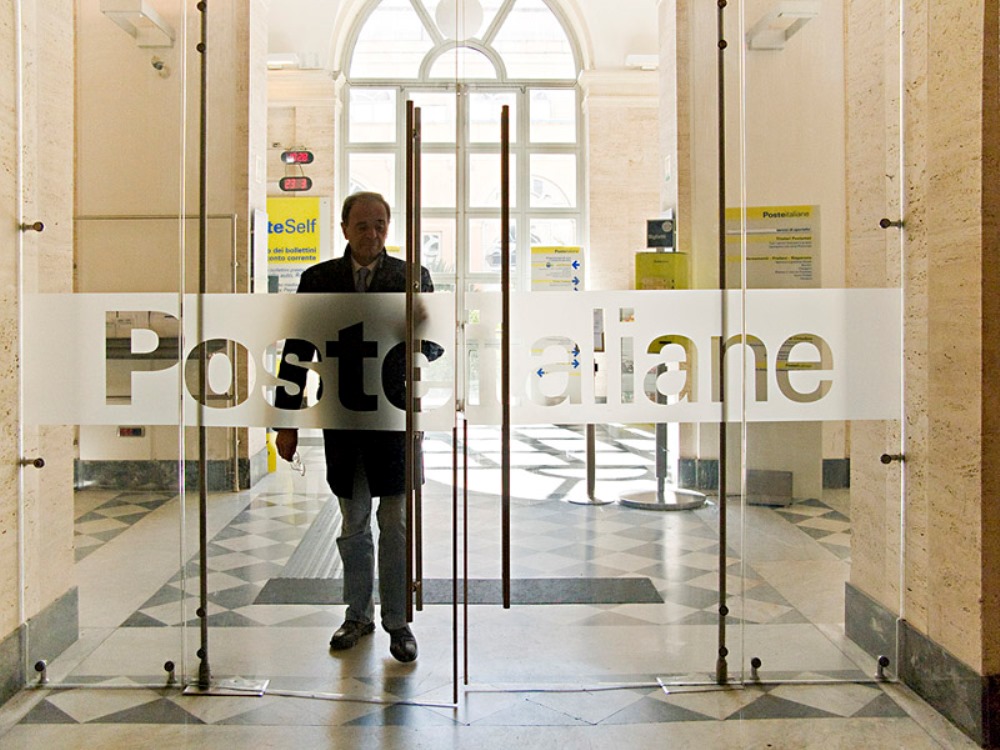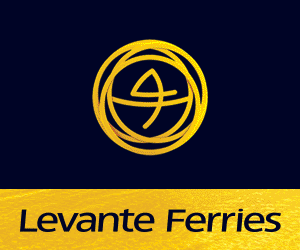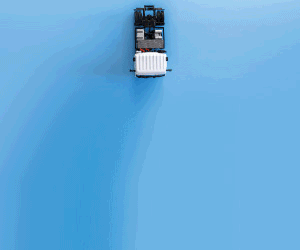IRU welcomes the Greening Transport Package unveiled today by the European Commission. The package’s revision of EU rules on weights and dimensions and the new CountEmissions EU initiative signal EU policymakers’ willingness to further decarbonise the transport sector.
As identified in the European Commission’s Sustainable and Smart Mobility Strategy, the revision of the Weights and Dimensions Directive and the establishment of an EU framework for a harmonised measurement of transport and logistics emissions are two key actions to support the EU’s ambition to reduce the transport sector’s CO₂ emissions by 90% by 2050.
Weights and dimensions
The European Commission has come forward with several interesting proposals on issues that have concerned the road freight transport sector for many years.
These include the 44 tonnes gross vehicle weight for cross-border transports with standard vehicles as well as any vehicle used in combined and multimodal transport; increased weight and length derogations for zero-emission vehicles; a scope increase for the cross-border use of the European Modular Concept; the alignment of loaded length for vehicle logistics; and the facilitation and simplification of the authorisation process for abnormal load transports.
IRU Director of EU Advocacy Raluca Marian said, “Today’s EU Green Transport Package is far more ambitious than what was presented in 2013.
“It will help our industry to better serve European citizens and others who rely on road transport services, including the other modes of transport, in a more economic and ecological manner.”
“With this proposal, the European Commission is offering serious opportunities to road goods transport companies to improve their operational efficiency, optimise the load factor, and therefore reduce fuel consumption and emissions, for both zero-emission and traditional fleets,” she added.
The industry is concerned, however, by two proposed deadlines.
Firstly, to limit the flexibility of the use of traditional standard vehicle combinations in international transport after 2035. Whereas the proposal introduces a gross vehicle weight for cross-border operations with standard vehicle combinations between agreeing Member States, it will only apply to zero-emission vehicles from 2035 onwards.
Secondly, to limit cross-border trials with the European Modular System to a five-year period, without allowing the trials to be renewed.
“It is paramount to maintain technology neutrality and avoid deadlines curtailing flexibility in the use of certain technologies, especially as there is no suitable and large-scale equivalent in sight,” highlighted Raluca Marian.
CountEmissions EU
IRU welcomes the proposed common framework, applicable to both passenger and goods transport, to calculate the door-to-door greenhouse gas (GHG) emissions of transport services based on a well-to-wheel approach, which considers the energy consumed and the GHG emitted by a transport fuel throughout its entire lifecycle, from its production to distribution, supply and consumption.
“It is encouraging to see that the European Commission has opted for a voluntary approach to calculating and disclosing GHG emissions, as called for by IRU’s position on the CountEmissions EU initiative. However, transport companies already monitoring and calculating their GHG emissions will have to use and rely on the common framework when choosing to publish, or share, them with business partners or transport users,” said Raluca Marian.
“A voluntary approach enables adjustments and a gradual inclusion of more complexity to achieve a complete and accurate calculation tool. This will make the output results of the different stakeholders in mobility and logistics far more transparent and comparable,” she added.
“Despite the delay with this package, we welcome today’s announcement, which puts on the table additional environmental legislative proposals applicable to road transport. While numerous files under the Fit for 55 package have now been finalised, it remains to be seen if there will be sufficient time for the EU’s co-legislators to swiftly find common ground on these proposals before next year’s European elections,” concluded Raluca Marian.
(IRU)



